Okay, friend. Ready for some really good skincare news?
I’ve discovered that a few basic ingredients may be used to create multiple skin and body-care products. Let me share just one example…
Once I gathered the supplies to make foundation powder and honey facial cleanser, I was able to make a soothing face mask and blemish spot treatment, dry shampoo (because #momlife), and a sugar scrub to exfoliate my skin. Not only have I been able to care for my sensitive skin with more natural ingredients, I’ve also been able save money along the way. Win-win!
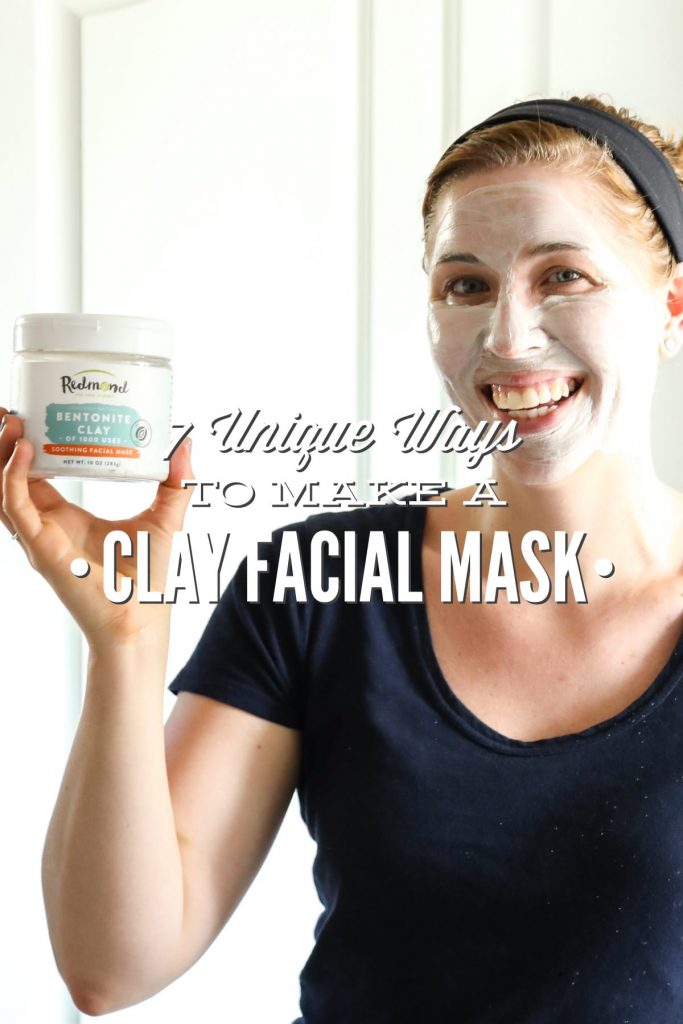
Want to Save This Article?
Enter your email & I’ll send it straight to your inbox. And you’ll get new recipes & tips each week.
One of the ingredients in my natural skincare “toolkit” is, clay.
Clay comes from the ground, so it’s incredibly rich in minerals. The minerals found in clay, along with its ability to absorb (toxins) and exfoliate the skin, makes clay an excellent skincare ingredient. There are a variety of clay options available. For simplicity sake, I tend to stick with just two clay varieties: kaolin clay and bentonite clay.
Kaolin clay is a very gentle variety of clay, so it may be used by all skin types.
Bentonite clay is my go-to clay for most skincare recipes. This clay has an electrical charge, which allows it to absorb toxins. Metal tools shouldn’t be used when working with bentonite clay. I like Redmond or Aztec brands. French green clay may be used in place of bentonite clay in most recipes.
I love to use clay, particularly bentonite clay, to make a weekly facial mask. The beauty of making my own mask–versus buying a pre-made tube– is that I can tailor each week’s mask ingredients to what my skin needs, using bentonite clay as the base ingredient.
There are times when my skin really needs hydration, and that’s when I reach for honey and aloe. There are other times when my skin is breaking out (due to hormones or just the environment), and I need the astringent properties of witch hazel or apple cider vinegar. There times when I want to soothe and calm my skin, so I may add ground oats or yogurt.
My goal today is to provide you with a few ideas for making your own unique mask creations. The base ingredient in each mask is bentonite clay, although you could also try kaolin clay or French green clay (you would just need to decrease the liquid amount for kaolin clay since bentonite and French green clay swell). Feel free to adjust the amounts, below, to create your ideal mask.
Let’s get started!
7 Unique Ways to Make a Clay Facial Mask
Clay + Witch Hazel (or Apple Cider Vinegar) = Take that, Acne!
Combine 1/2 tablespoon of clay with 1 tablespoon of witch hazel (or half water and half apple cider vinegar to equal 1/2 tablespoon of liquid). Apply to the face for 10-15 minutes. To remove the mask, wash your face with warm water and a washcloth. Follow-up with your favorite moisturizer.
I love to use this mask when my skin is congested and I’m breaking out. I’ve also used this mask as a blemish spot treatment.
Clay + Honey + Aloe = Soothing and Hydrating
Combine 1/2 tablespoon of clay, 1/2-1 tablespoon of aloe vera gel, and 1 teaspoon of raw honey. Apply to the face for 10-15 minutes. To remove the mask, wash your face with warm water and a washcloth. Follow-up with your favorite moisturizer.
This is my go-to mask. It helps to soothe and cleanse my sensitive, acne-prone skin. This mask is also gentle enough to use daily as an acne spot treatment, if needed. <–Maybe during that special time of the month ;).
Clay + Charcoal + Liquid = Detoxifying
Combine 1/2 tablespoon of clay, 1 capsule of activated charcoal (about 1/4 teaspoon of powder), and 1 tablespoon of liquid (such as: aloe vera gel, water, or yogurt). Apply to the face for 10-15 minutes. To remove the mask, wash your face with warm water and a washcloth. Follow-up with your favorite moisturizer.
This mask is detoxifying, so I find it’s best to only use it occasionally (once a month). Too much of a detoxifying mask is too much of a good thing, in my skin’s humble opinion.
Clay + Oats + Liquid = Soothing and Calming
Combine 1/2 tablespoon of clay and 1/2 tablespoon of ground oats in a small bowl. I grind old-fashioned rolled oats in a spice grinder. Another option is to purchase oat flour. Add enough water to make a spreadable paste (about 1-2 tablespoons). Apply to the face for 10-15 minutes. To remove the mask, wash your face with warm water and a washcloth. Follow-up with your favorite moisturizer.
This mask is another great option to cleanse and soothe the skin. I like to change this one up by adding 1-2 drops of tea tree essential oil (helps with pesky pimples), or replacing some of the water with honey.
Clay + Probiotic Yogurt = Probiotic Boost
Combine 1/2 tablespoon of clay and 1 tablespoon of plain yogurt. Apply to the face for 10-15 minutes. To remove the mask, wash your face with warm water and a washcloth. Follow-up with your favorite moisturizer.
This mask offers a wonderful probiotic boost to the skin (thanks to the good bacteria found in yogurt), and helps soothe the skin. I love to make this mask when I have just a tiny amount of yogurt left in the yogurt container.
Clay + Chamomile Tea = Calming
Combine 1/2 tablespoon of clay and 1 tablespoon of room temperature chamomile tea. Apply to the face for 10-15 minutes. To remove the mask, wash your face with warm water and a washcloth. Follow-up with your favorite moisturizer.
I love to brew myself a cup of tea and then add some of the tea to the clay. It’s a fun way to occasionally add variety to my weekly mask routine, and enjoy the relaxing benefits of warm tea (#self-care). If you’re not a chamomile tea person, try green tea instead.
Clay + Matcha + Liquid = Antioxidant Boost
Combine 1/2 tablespoon of clay, 1/4 teaspoon of matcha powder, and 1 tablespoon of liquid (such as: aloe vera gel, water, or yogurt). Apply to the face for 10-15 minutes. To remove the mask, wash your face with warm water and a washcloth. Follow-up with your favorite moisturizer.
Remember that matcha latte we made a few months ago? If you have any matcha left in your pantry or fridge, try adding it to the clay for a little extra skincare boost.
Finally, I use a natural facial moisturizer after applying and rinsing a facial mask.

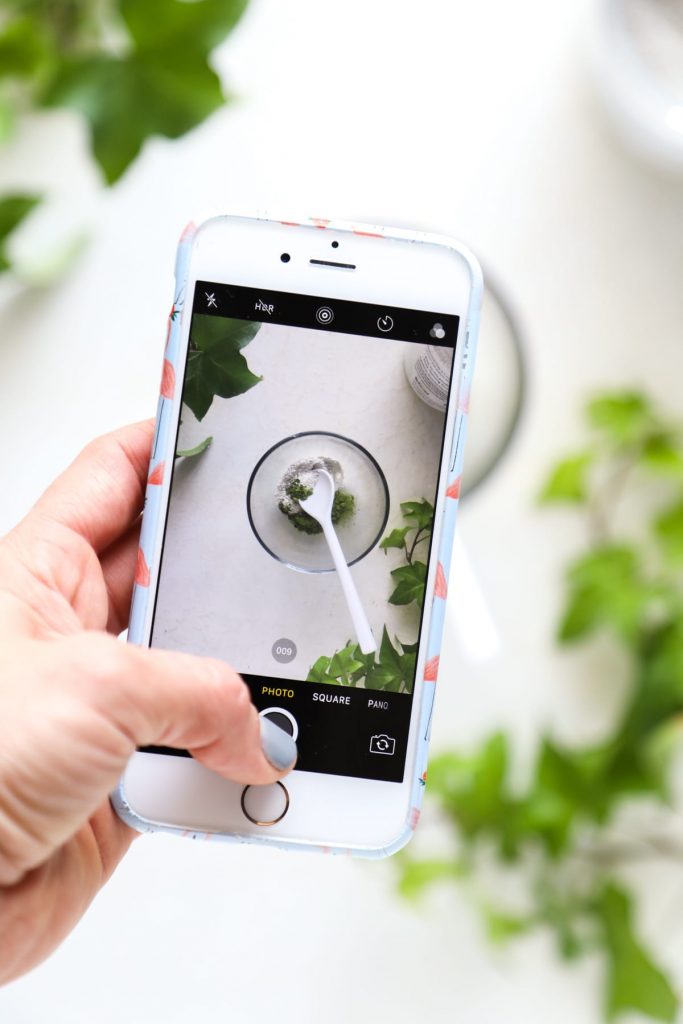
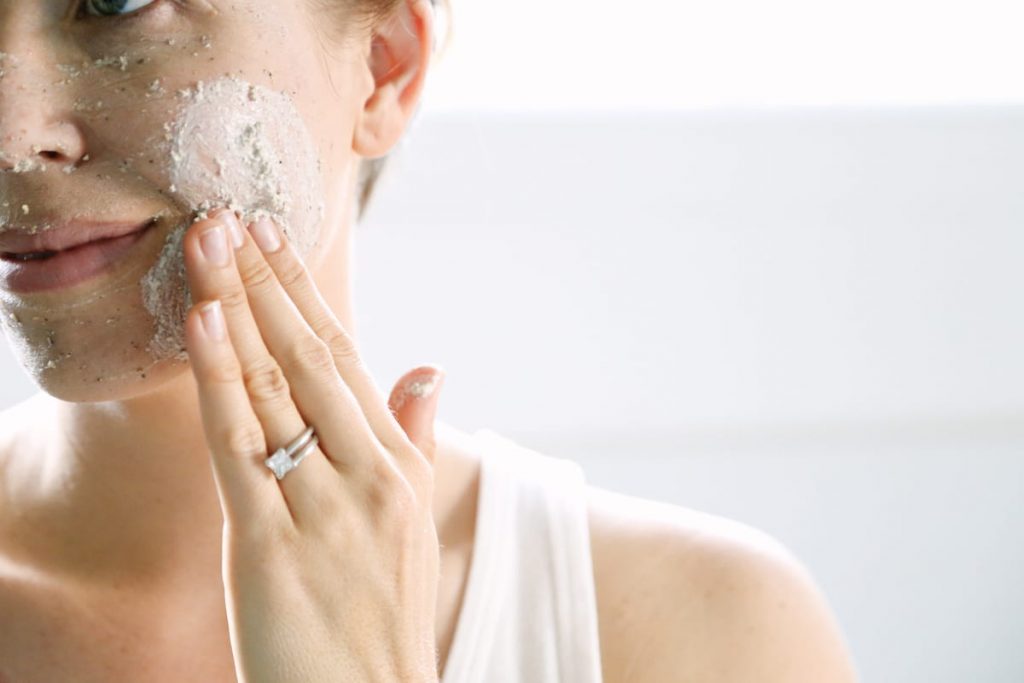
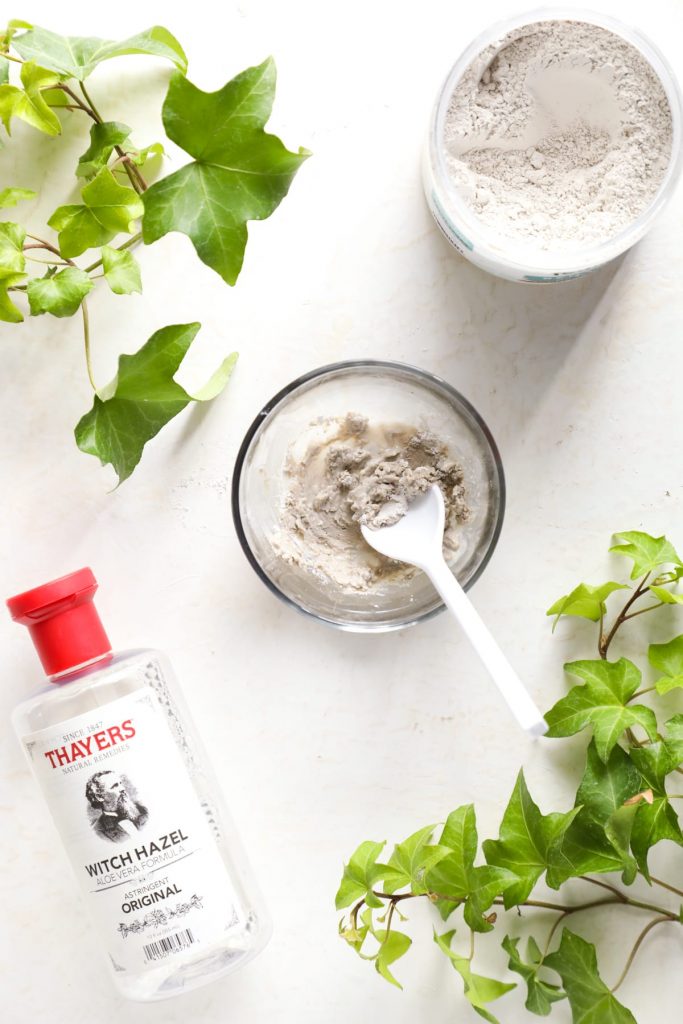
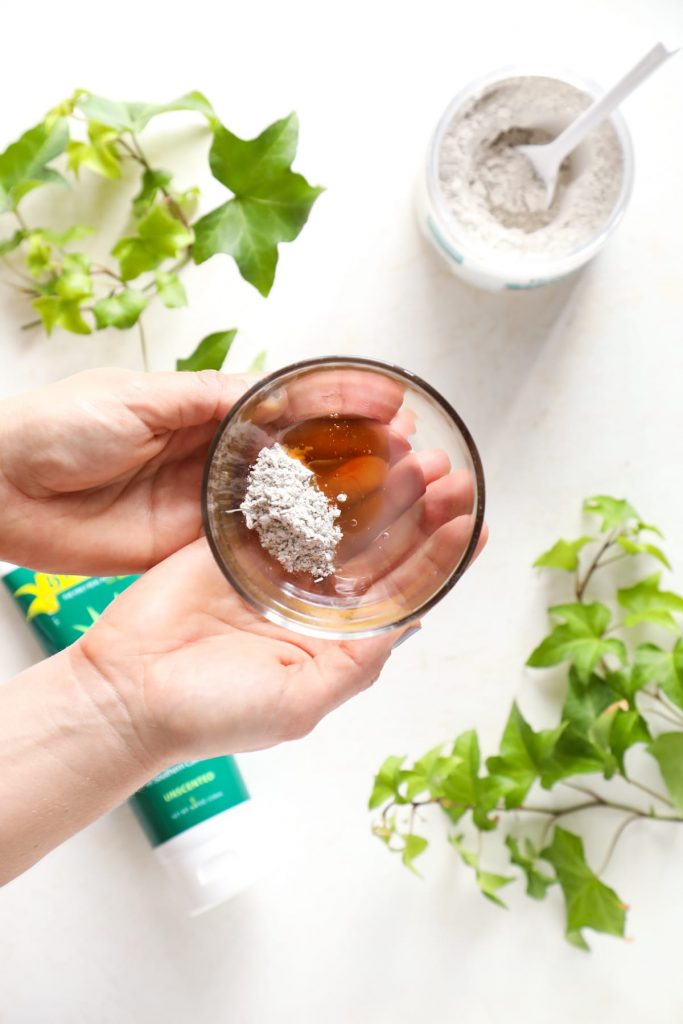
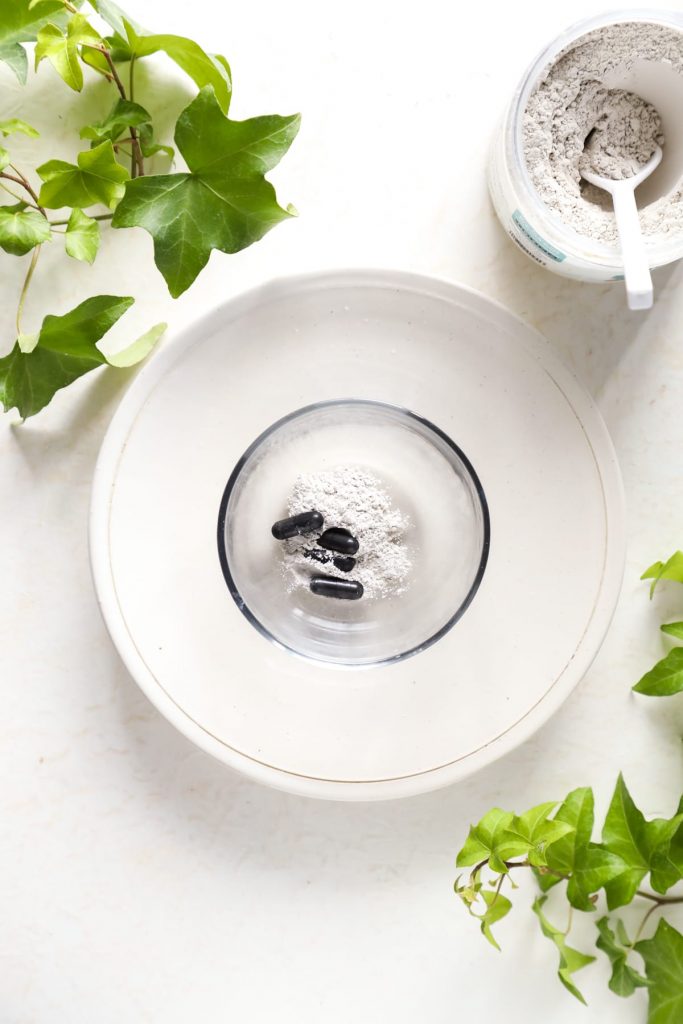
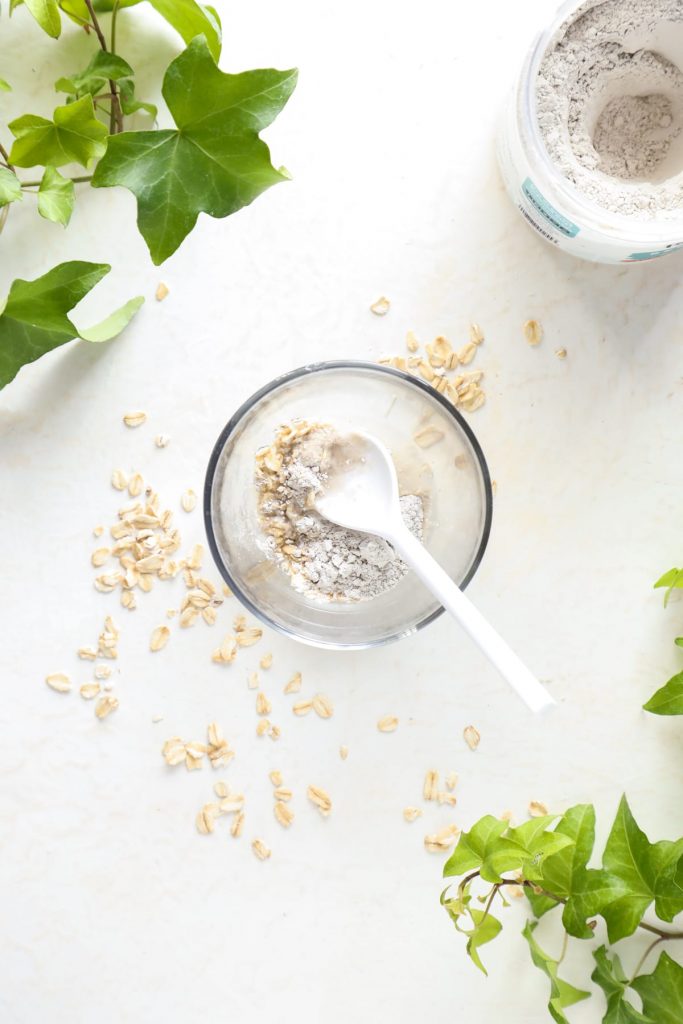
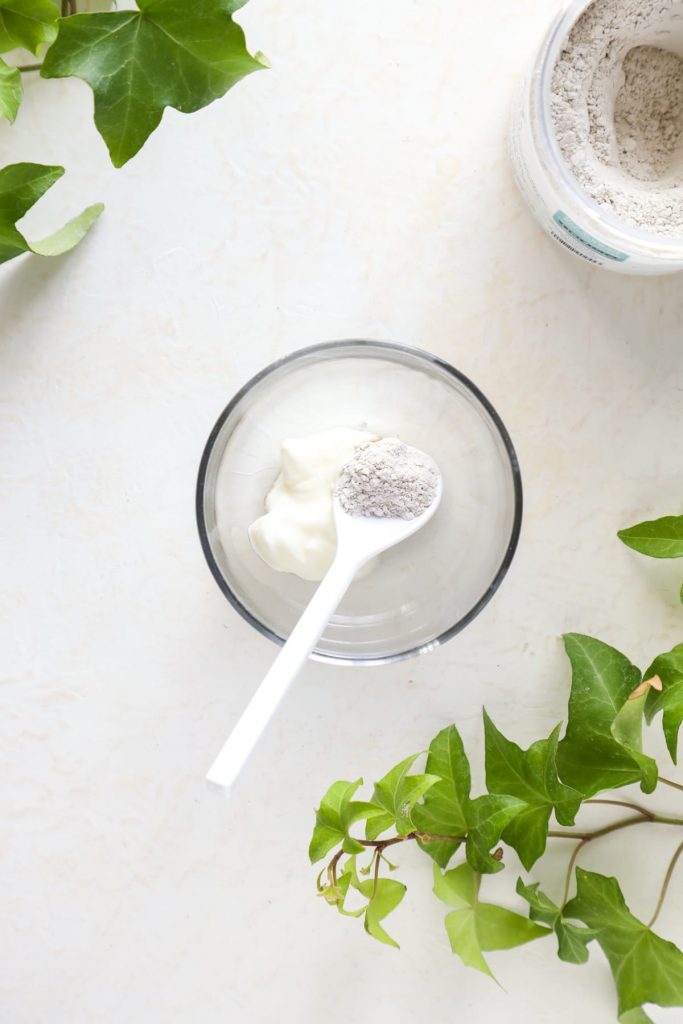
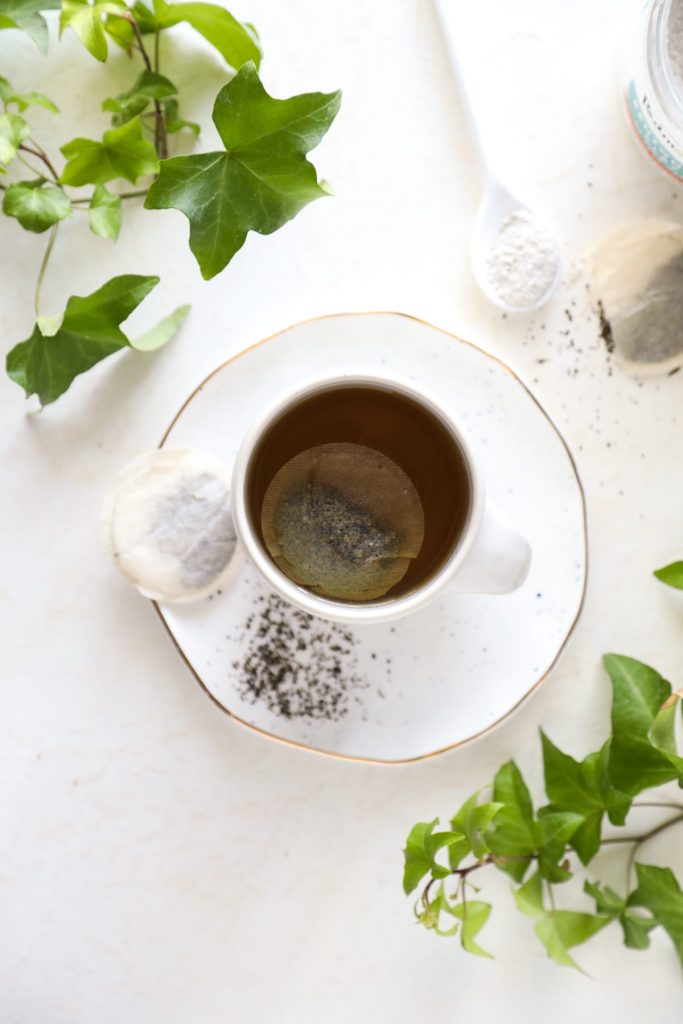
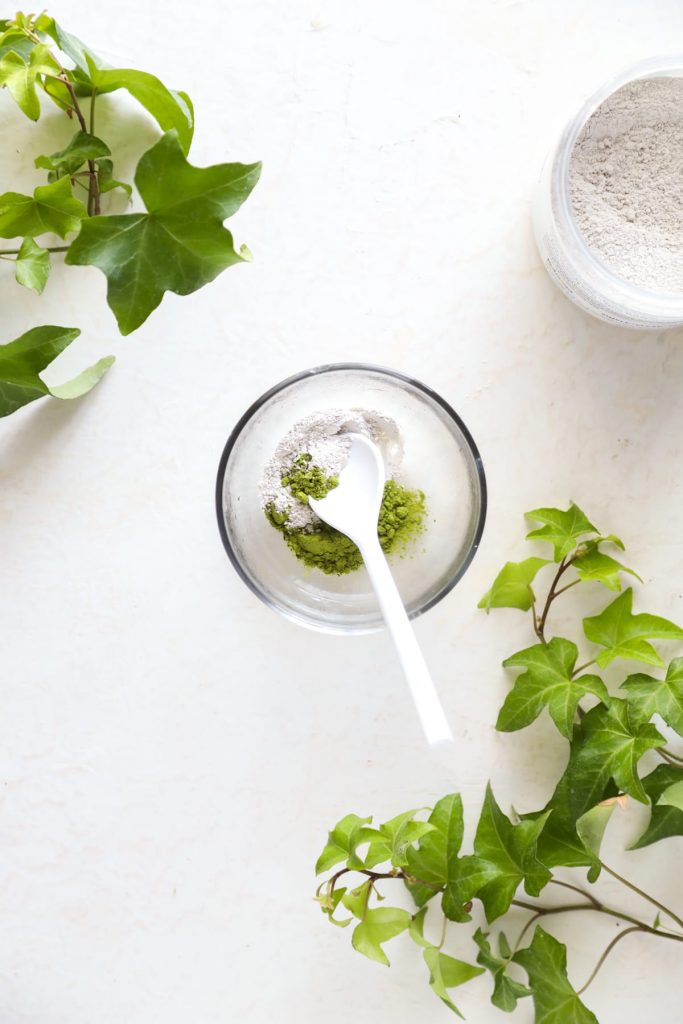
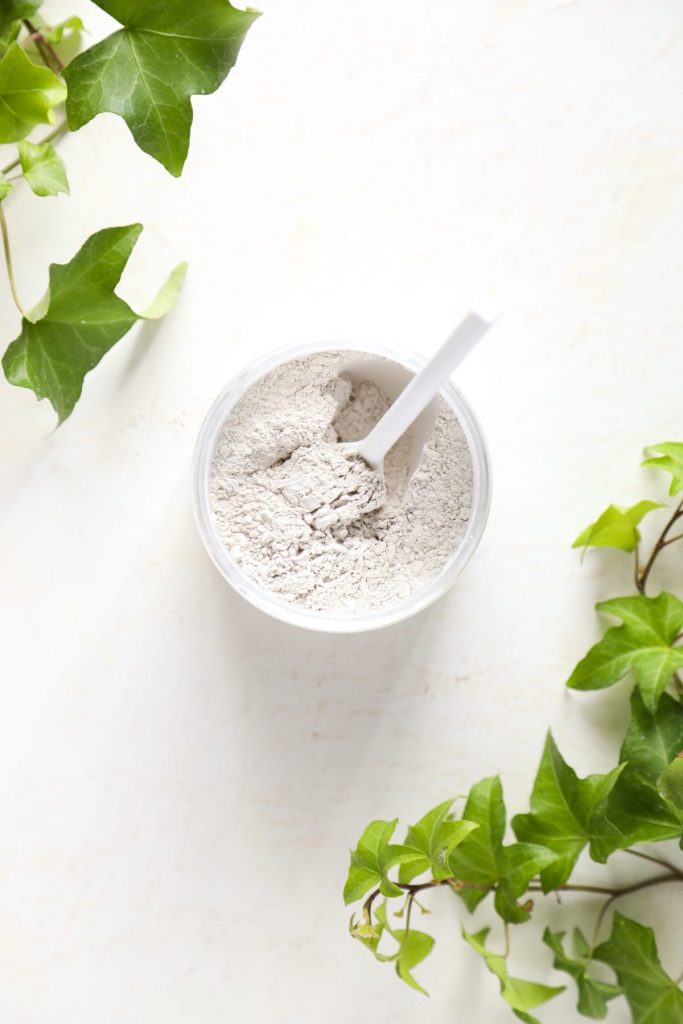
Hi Kristin
Can I place the pink clay + apple cider vinegar mixture in a small jar and keep for breakouts? Does it store well? How long will it keep?
Thanks,
Joe
Hey Joe, You can. It should last a couple of weeks, but may dry out.
Hi Kristin,
I love your post. I have very sensitive skin. I tried the clay+honey+aloe and applied a moisturizer afterward. When I woke up the next day my skin was itchy in spot and some bumps in spots. Will this go away after continuous use?
HI Kristin,
I was wondering which one of these masks you would recommend for more mature skin – any anti-wrinkle ingredients?
Love your blog!
Bernadette
Hey Bernadette, I think the Clay + Honey + Aloe = Soothing and Hydrating would be wonderful for mature skin. Or, the yogurt one for exfoliating. Thank you!
Hi there , thanks so much for this post. I was looking for something to mix in with the bentonite clay since I’m out of ACV and you just taught me 7 other ways that I can make the clay mask! I’ll definitely be trying the witch hazel one since it’s that special time of the month and my skin has been going haywire. Thanks once again.
I love this! My sister and I are teaching ourselves to your motto! Was wondering if I could double up these recipes and store them? Sealed glass container? And my last question, what would be the shelf life to these masks, thanks so much! Very appreciated!
Mallory
Hey Mallory, Bentonite clay absorbs liquid so if you store a mask made with bentonite you may have to increase the liquid ingredients a bit. French green clay won’t have this issue. A stored mask should last about a week or two in the fridge.
Hi, I’m new to the DIY world and still learning. I was wondering about the aluminum in the clay and what makes the clay safe to use versus deodorants that contain aluminum. Is it the frequency of use or the amount of aluminum in the product?
Anyway, I’m really happy to have discovered your blog. Thanks for all your hard work!
Hey Ashely, Good question. This post from Wellness Mama does a great job explaining the lead found in bentonite clay: https://wellnessmama.com/59694/lead-in-bentonite-clay/. Clay is a natural substance that comes from the earth, so there are elements from the earth in the clay, like a small amount of lead. Nothing is added to the clay, like deodorant. Bentonite clay is usually the one that comes into question. There are other clay options, like kaolin clay and French green clay. Betonite clay will swell when it comes in contact with water. With the other two clays, you’ll need less liquid–just something to keep in mind :).
Hi Kristin!
I am quite new to clay mask and so far prepared only 3 of them. Once I used only clay + water, then clay + honey, clay + yogurt.
Do you have any secret how you mix it all together? I find it incredibly hard, it always makes this “muddy lump” and it’s very far from spreadable state. Even though there is enough liquid, it’s always very hard to mix. Lately, I’ve been using a plastic bag – put everything in there and start “squishing” with my fingers.
Is there anything better? I hope there is!
Love your blog
Bella xxx
Hey Bella, The bag idea is awesome! You can try reducing the clay amount, and see if that helps. Another idea to add the clay to the wet ingredients, gradually adding the clay and whisking. This will help incorporate the clay in the wet ingredients.
I’m so glad you’re enjoying the blog–Thank you!
Hi Kristin,
I have an acne prone skin. Is it ok if i use clay + ACV because im afraid it will breakout more. Can you pls suggest me
Hey Aswini, Yes, it should be okay. You could spot test on your face first.
Love this post. I also use clay with honey or some sort of oil. And also the honey cleansing method.
And my clients love this type of mask, especially because they can change the ingredients.
That’s awesome, Sibel!